
(SECOND PAGE)
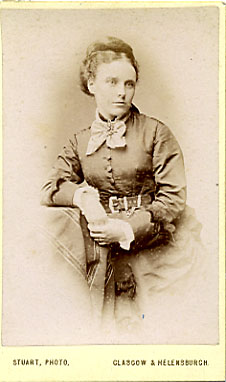
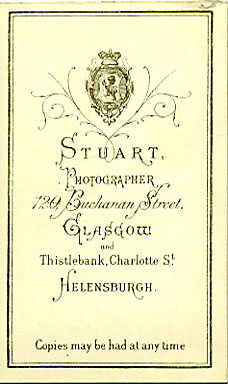
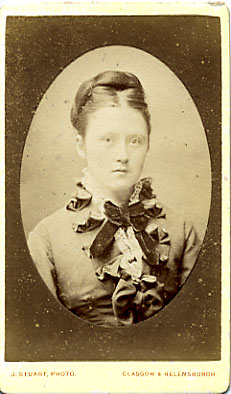
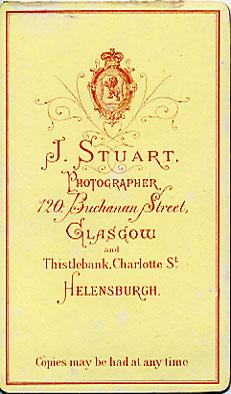
The design is becoming progressively more ornate in the two cdvs above, so it is likely they are later than the ones above them. The design on the first of these has been found on cards dated 1873 and 1877. The second is also found with the central oval embossed.
The cdv below is on a Marion card, and shows again a more complex pattern of whorls, so is again presumably later.
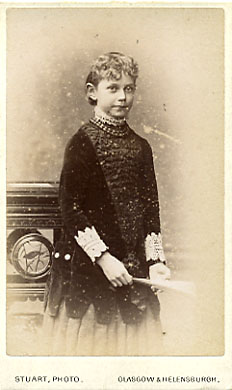
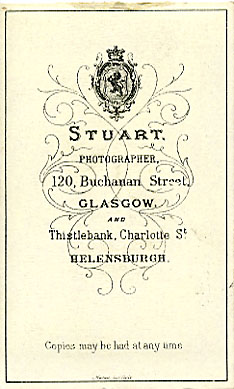
The design on the back of the first cdv below is known to have been in use in 1878. It seems to have been the case that identical designs were often simultaneously available in light and dark versions. The second cdv has for the first time a gilded edge. The cabinet card below them has the same design on the back as the second cdv, but also a gilded and bevelled edge, which suggests a date towards the mid 1880s. Unusually, the photographer's name does not appear on the front of this card. (The reverse has been lightened in colour to make the design more visible)
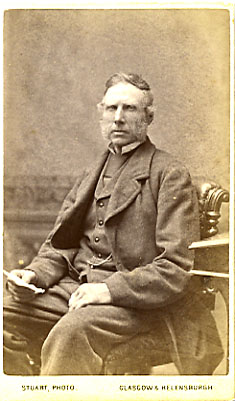
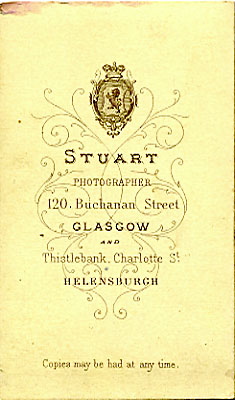
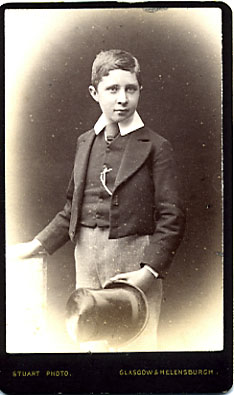
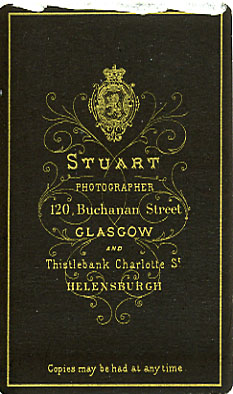
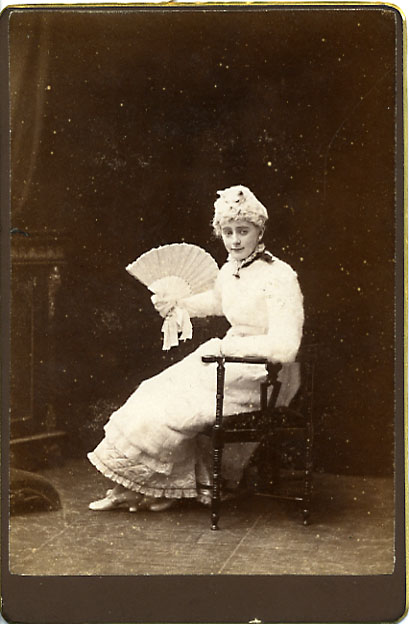
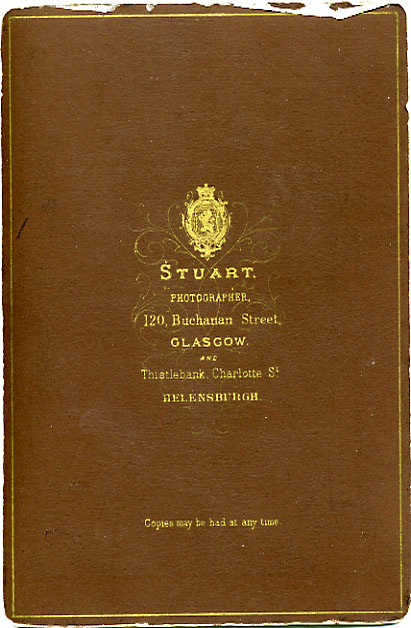
The third design below has even more ornate scrolls, and is dated 1882.
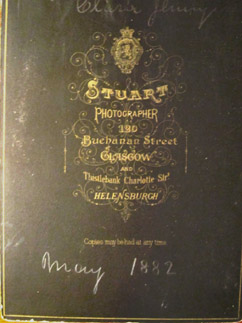
The cabinet card below, and the four cdvs below it, are of forms which may occur anywhere between 1885 and 1895, so are dfficult to date precisely. The cabinet card shows little sign of 1890s fashion, so may come from late in the previous decade.
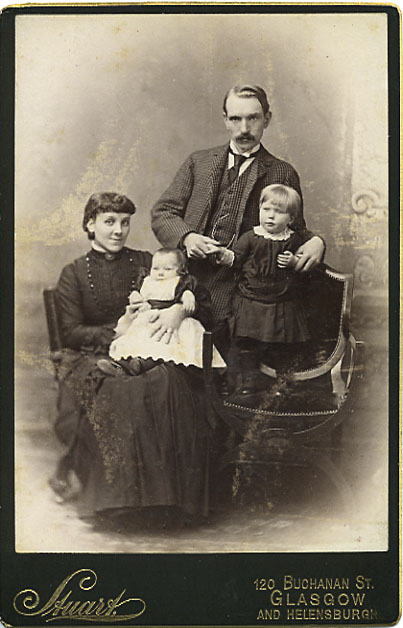
The first cdv below has printed rather than embossed text, and is on slightly thinner card, so may be the earliest.
The other three are classic forms, with gold embossed lettering and chamfered edges.
The first three show little sign of 1890s fashion, so may be late 1880s. The fourth, with a hint of elevation of the
shoulder, could well be early 1890s. Just discernable on the back of the fourth is a handwritten note
'Mary Wood married to John Wood'. Apart from this, all are blank on the back.
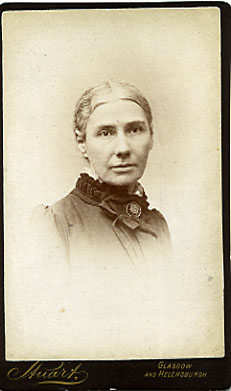
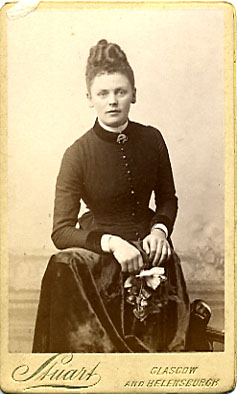
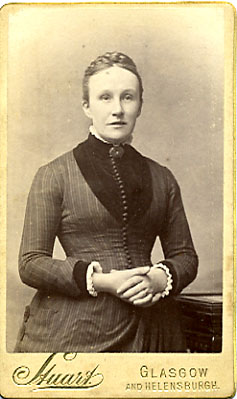
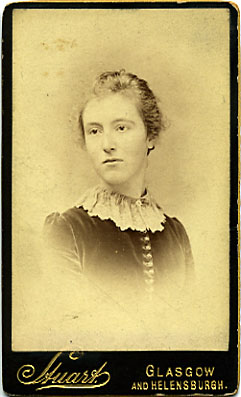
The cdv below helpfully states that Stuart was established in 1853, which tallies within a year of the dates found for him practicing at 88 Glassford Street. It also refers to portable lighting, which is possibly the 'Luxograph' apparatus, which was patented in 1878, so that the card will be later than this. This cdv also has embossed gold lettering and chamfered edges, and is probably from the very early 1890s, suggested also by the lady's elevated shoulders.
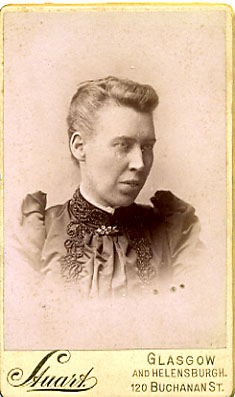
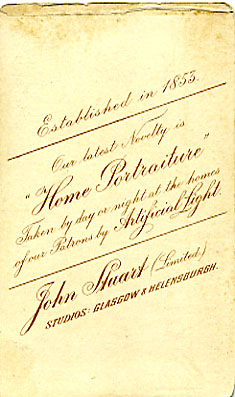
The cdv above and the two cabinet cards below show a progression in design, and are likely to be about a year apart, the one immediately below being helpfully dated.

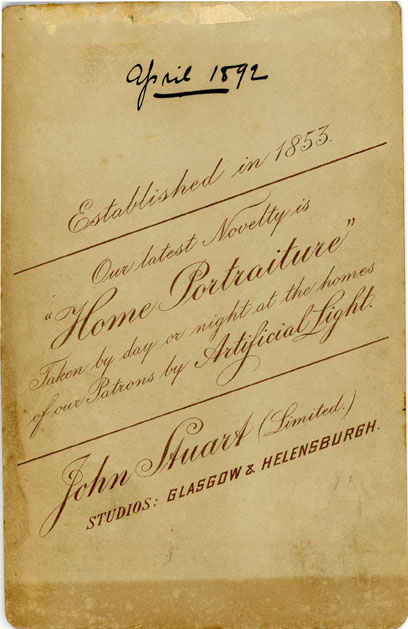 This example kindly supplied by Diana Burns.
This example kindly supplied by Diana Burns.The cabinet card below carries award medallions dated 1891, so the card is after this date. It also shows that Stuart had accumulated 20 awards before he photographed Mr. Currie.